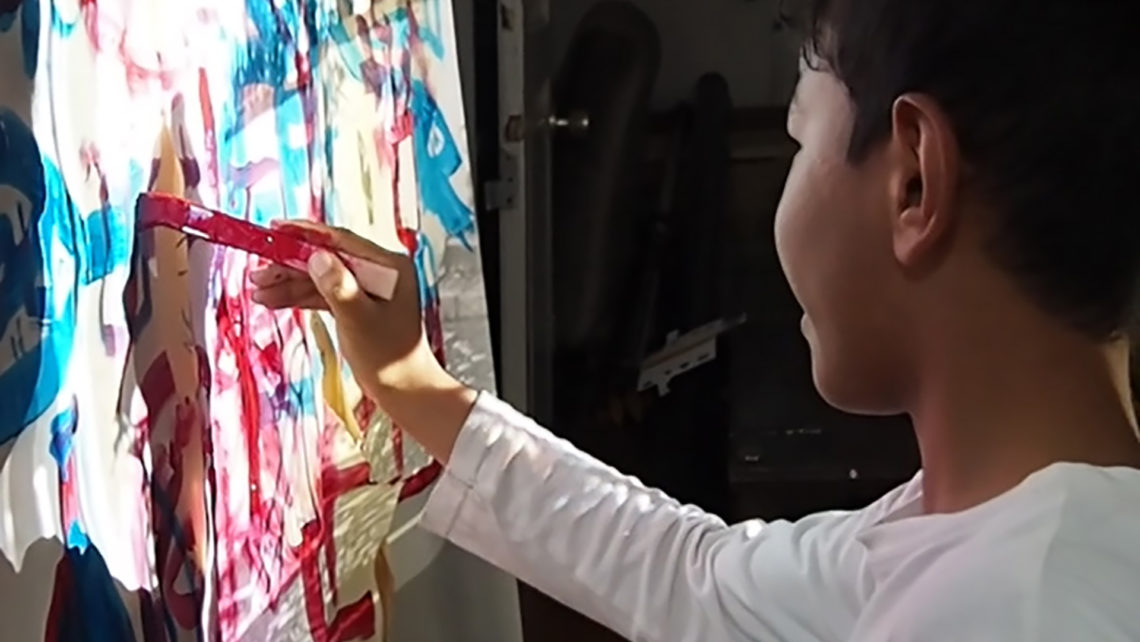
My Home
My home: let's create a fairy tale
“My Home: Let’s Create a Fairy-Tale” Laboratory, was held in Renovate Mouraria Association, in Mouraria’s neighborhood (Lisbon), from 10-13 April and 5 May, 2017, during five days. That Eastern vacation, sixteen children (between 6 and 12 years old), residents in the neighborhood, and from low-income families, participated in these artistic communitarian activities. The group was multicultural, being the majority of them from Nepal and Portugal. The Lab was coordinated by Ana Moya, and it was designed and implemented with the collaboration of the plastic artist and designer of communication Leonor Brilha. Together they created an experimental methodological artistic participative approach specific for this case-study and this target group. Every afternoon, and during three hours, the kids explored the creativity of fairy-tale narratives, looking at the different elements that constitute the structure of the story – scenography, characters and narrative. In reality, the goal was to give them the space and artistic tools to be able to observe and express their imaginary worlds, how they relate to their close environments, and their sense of belonging to their daily urban spaces. We gave them the opportunity to experiment with the power of observation and body experimentation, trusting in their senses and their eyes, ears and hands, in order to represent and abstract their close environments using their imagination, memory and sensorial experiences. The techniques employed were drawing, painting, photography, sound recording, audio-visuals, shadow theater, custom design and performance.
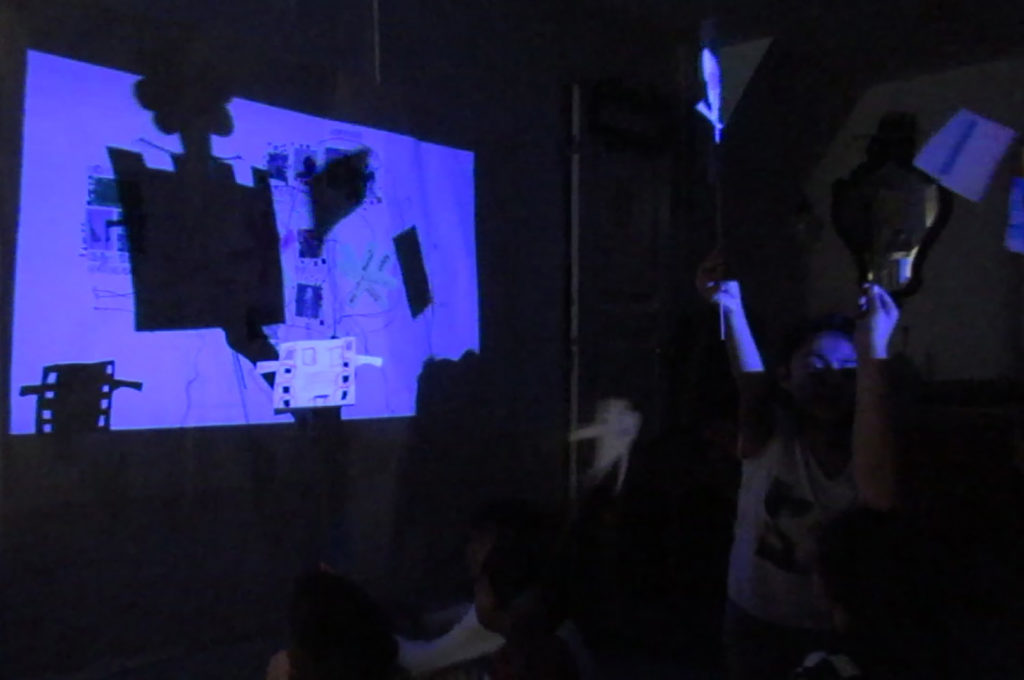
The aim of the Lab was to discover which are the kids’ emotional and experiential daily urban spaces, and bring them to life through observation, listening, dialogue, interaction, action, movement, performance and representation. Our goal was to map a “cartography of their emotions”. This cartography was an original and site-specific artistic material, result of the mapping of subjective universes that appear in their physical interaction with the close environment, recalled and interpreted through an artistic language. Their artistic work, as a result, expresses their inner imaginary world, with their emotions, wishes, intensities, rhythms, and memories. The artistic methodological processes applied in this Lab involved the performativity of their bodies and their sensorial and emotional awareness. As a result it was possible to observe and study the kids’ subjective engagement with their urban space, and their patterns of experience and perception.
The work methodology of the laboratory was structured in three movements: Space Recognition, Interpreting the Body in Space , and Communicating a Somatic Landscape.
Space Recognition is about training the perception, awareness and observation of sensorial experiences and personal emotions about the urban landscape. We worked the perception of the nature and identity of space with physical and virtual itineraries in the neighborhood (movements, urban explorations). We visited Martim Moniz square and we used video projection to experiment with other public spaces in Mouraria. We also paid attention to the subtle changes in the nature of space caused by movements, social flows, body interactions and spatio-temporal transformations.
Children, in this first movement, reaffirmed themselves in the following assertions: “I live in this part of the city and I share this place with all of you”; “This place is my home and I recognize some spaces of my Neighborhood as relevant for me”; “I identify myself with certain elements of my close environment and I feel attracted, fascinated by these particular spaces”.
Through these itineraries (physical and virtual) in the neighbourhood, we asked the children to select those elements from the environment that caught their attention, and transform them into story characters and parts of the scenography. Therefore, they captured and registered elements of the urban space such as textures, sounds, images, impressions. We discovered that Martim Moniz, Rosa and Achada squares were the most popular places for them. Using a sound recorder, a photo camera and a pinhole box camera, the kids registered and identified ephemeral realities such as shadows, textures, sounds, social interactions, the movement and noise of the traffic, the water of the fountains; they also registered flora and fauna; elements related to the Portuguese historical identity such as art works, architectonic buildings and symbols; and they paid attention to buildings in general, urban furniture and urban art.
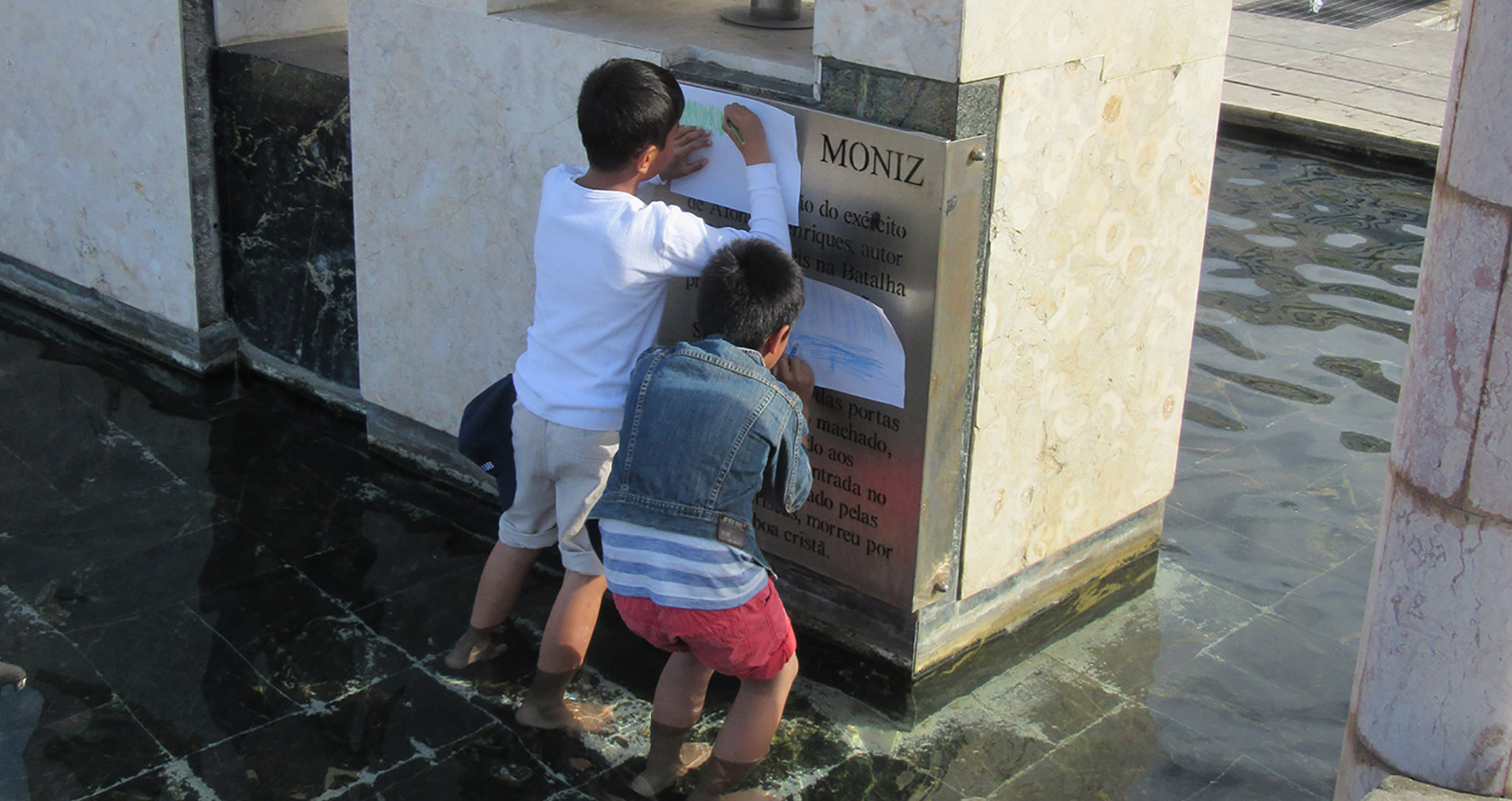
Interpreting the Body in Space is about learning to conceive and envision a representation of the urban landscape based on the interpretation of body responses, actions and interactions with the urban space. We observed their subjective world built on interpretations, feelings, emotions, memories, and imaginations, translated into body responses, performative movements, gestures and words.
We asked the children to transform those elements selected from the environment into story characters and parts of the scenography. This inner subjective world, therefore was translated into character’s personalities, behaviours and interactions among story characters. The scenography was composed by three layers of reality: sounds, textures and visual elements. The characters took shape in cardboard cut-out figures. The objective was the performative choreography of the children’s bodies in space while playing freely a storytelling narrative using a shadow play and shadow theatre. In this performative storytelling game, the kids interacted with each other’s characters discovering relations, affinities, and emotional relationships with the elements of the urban environment.
The children, in this second movement, reaffirmed themselves with the following assertions: “The elements of the neighborhood now belong to the place of our imagination”; “The characters of our fairy tale interact with each other, they experiment the urban places and have their own personality”; “The components of the scenography can be with sound, tactile, and visual and are layers of reality that overlap each other”. We discovered how the characters relate to each other, their affinities and their emotional relationships. We observed how these characters interact in those public spaces in the neighborhood.
In this second movement – Interpreting the Body in Space – we looked at all the material registered and recollected. The children chose ten elements as the main characters of their stories, discovering how these characters might interact in space according to their nature, and relate to each other depending on their own temperaments. The children chose characters that were related to spaces of socialization, to spaces of leisure and play and to their built architectonic environment. We observed how the Nepalese children created characters related to the Portuguese historical identity. This fact showed their specific concern with their self-identification with the Portuguese culture, their self-visibility and sociability in public space. They also chose characters related to the connection with nature and its spiritual mysticism. Finally, all the children created a scenography that included sounds, textures and visual elements.
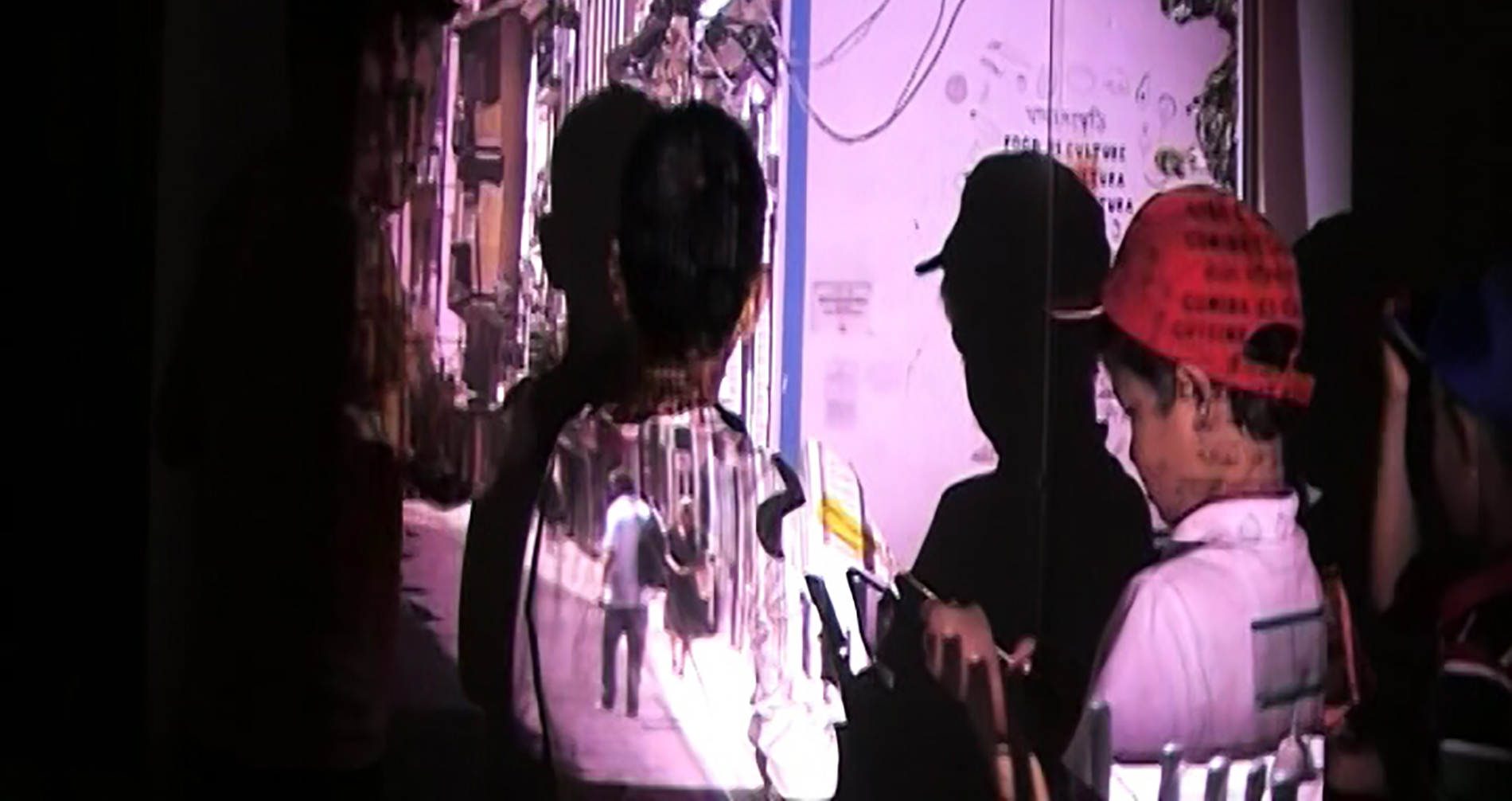
Communicating a Somatic Landscape deals with the creation of space and landscape through body interaction and performance. We worked the process of communication of emotions and experiences through artistic creation (sensorial narratives, histories, atmospheres, scenographies and choreographies), and we elaborated subjective narratives with the help of body choreographies. In this final stage, where a somatic landscape is predicated, we asked the children to design costumes and masks and to perform with their own bodies a story, using those imaginary and real characters that they created.
In this third movement – Communicating a Somatic Landscape – we developed exercises of storytelling in a Shadow Play and Shadow Theater performance. The narratives of the kids were centered on the problem of the urban renovation of their neighborhood, gentrification processes and the arrival of mass tourism. Other stories expressed the multicultural hybrid character of the neighborhood and the cultural identity of the self in space. In this phase the children reaffirmed themselves with the following assertions: “This is what I have to say, and my real and imaginary characters that inhabit my neighborhood relate with it in this specific manner”; “My characters interact with places according with their nature”; “These are my characters’ most secret wishes”; “This is the message that I want to communicate and share with you about my home – the urban landscape where I live”
The children were playing in separate groups, and using their own native languages. However, the activity evolved into one unique story where everybody joined an interacted using the Portuguese language. One of the final exercises was the design of masks and costumes. Once the kids where dressed and transformed into imaginary characters, they freely played and performed their stories. The difference between genders in this exercise was clear. The girls paid attention to details in the costumes’ designs and masks, earnest to identify differences in cultural traditions. The Nepalese girls dressed in their traditional costumes, danced and sang traditional songs for the group. The Portuguese girls also played traditional cultural characters, such as St. António “Marchas” dancers. One of them, for example, pretended to be a Chinese woman, speaking Chinese in all the performance. The boys, on the contrary, were in a hurry to finish their masks and perform fantastic imaginary characters, heroes and monsters. They believed in vampires, zombies and superheroes who inhabit Mouraria.
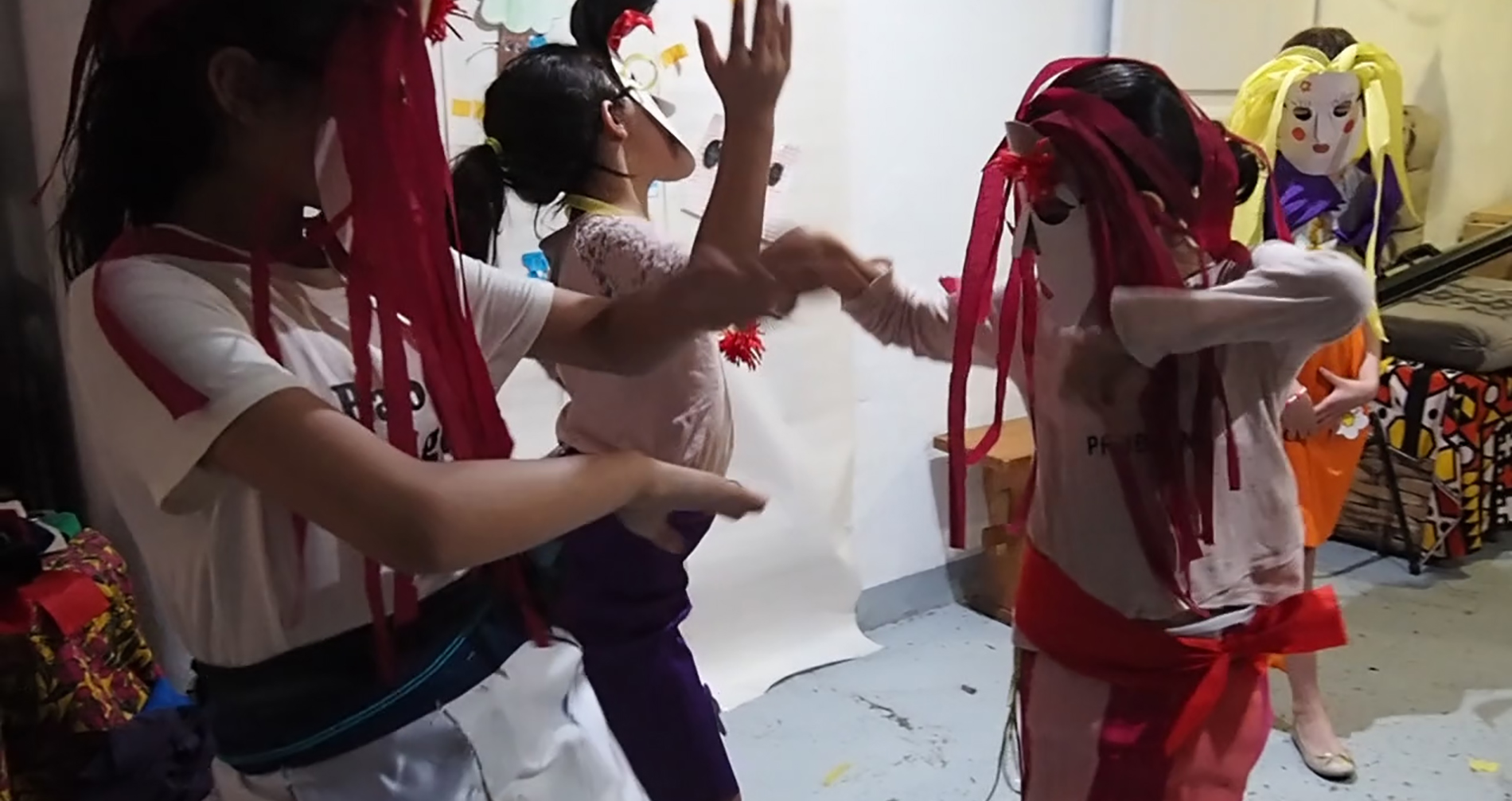
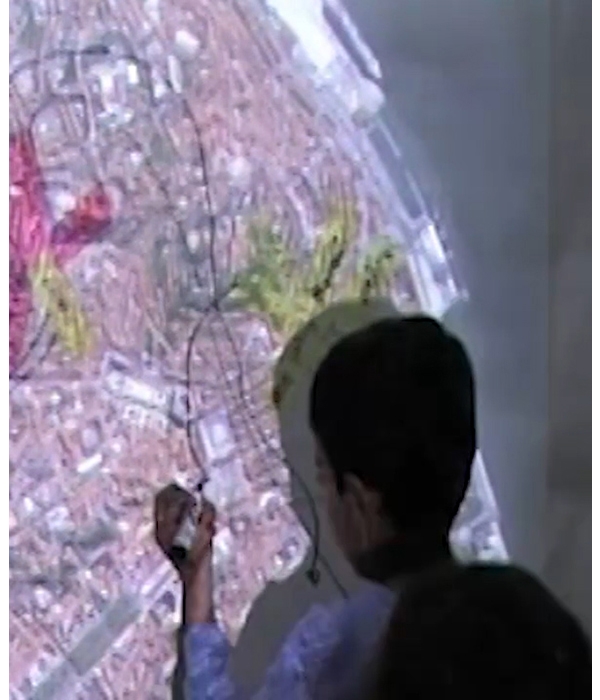
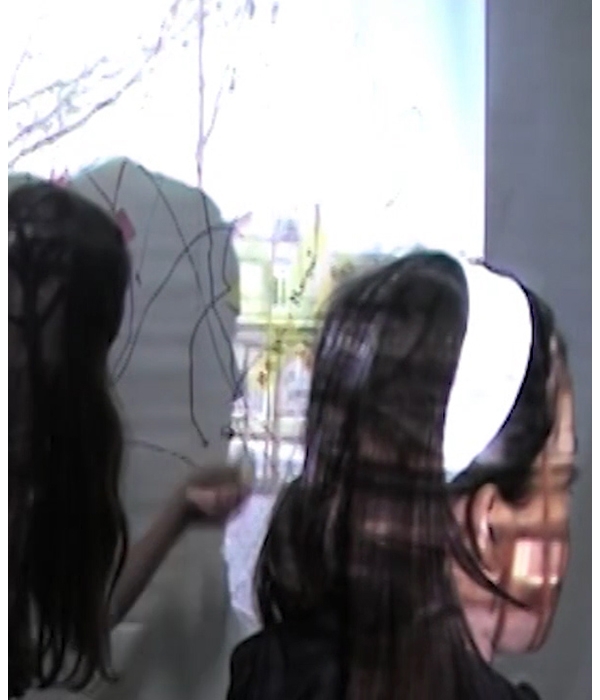
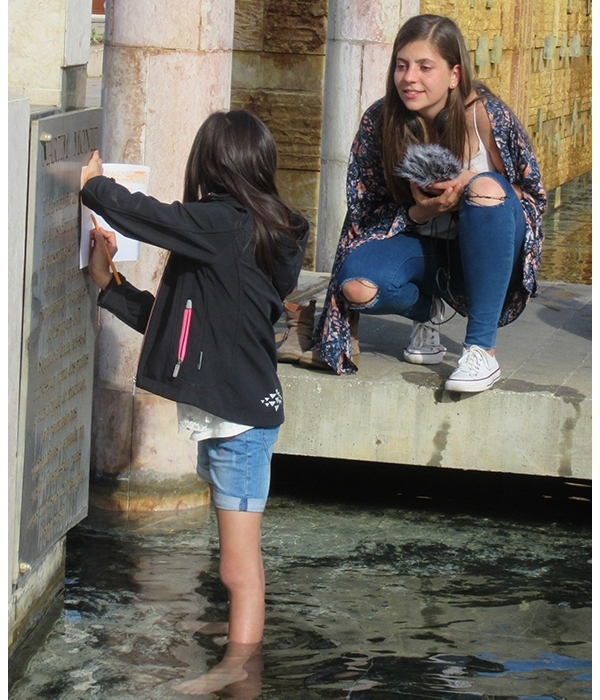
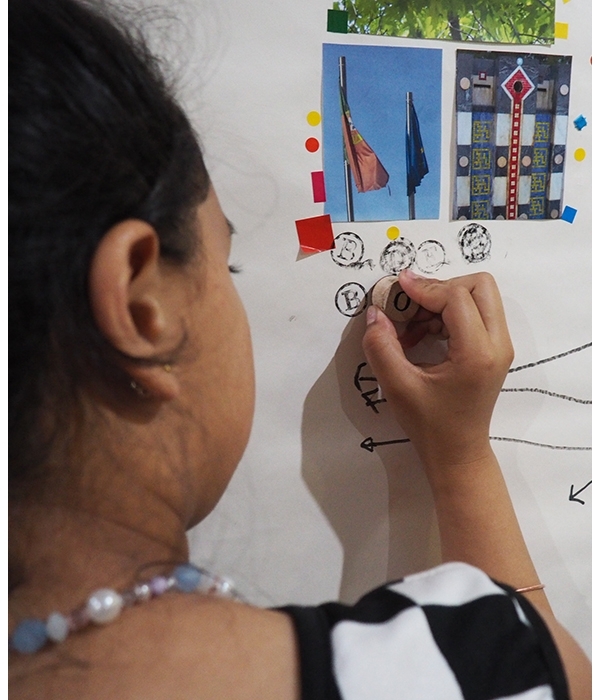
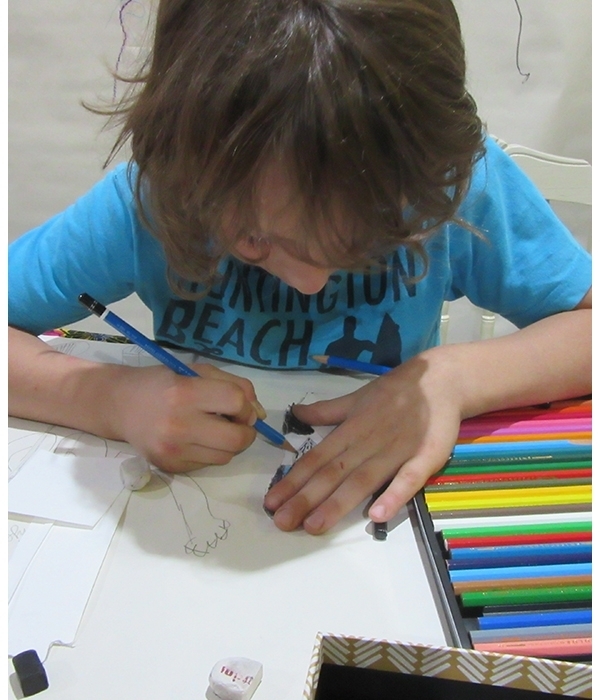
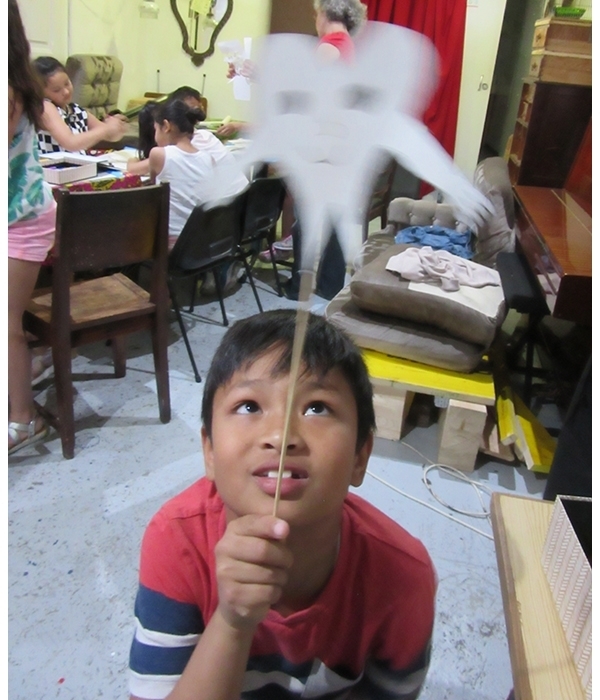
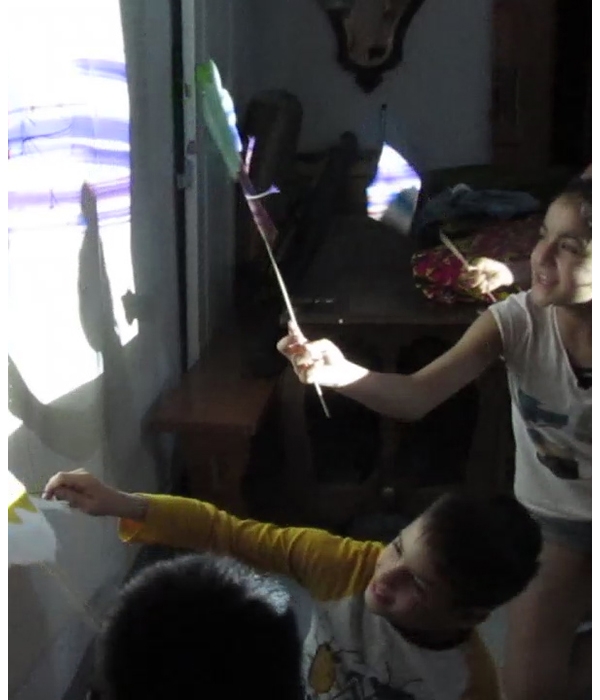
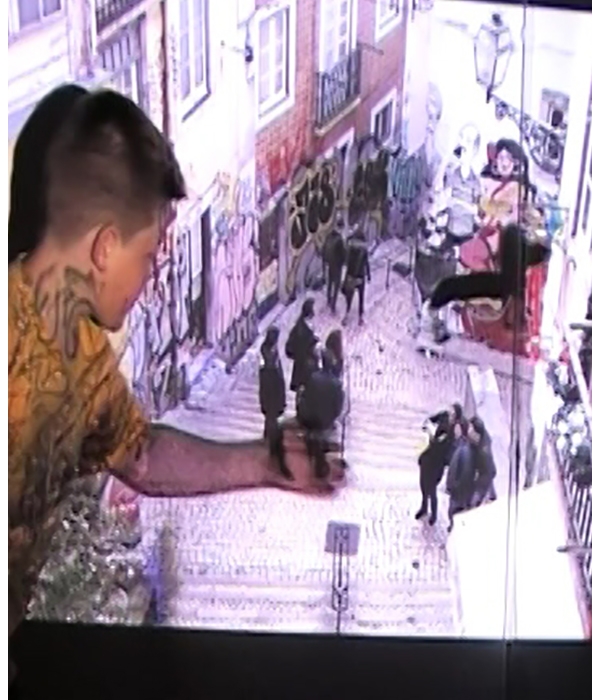
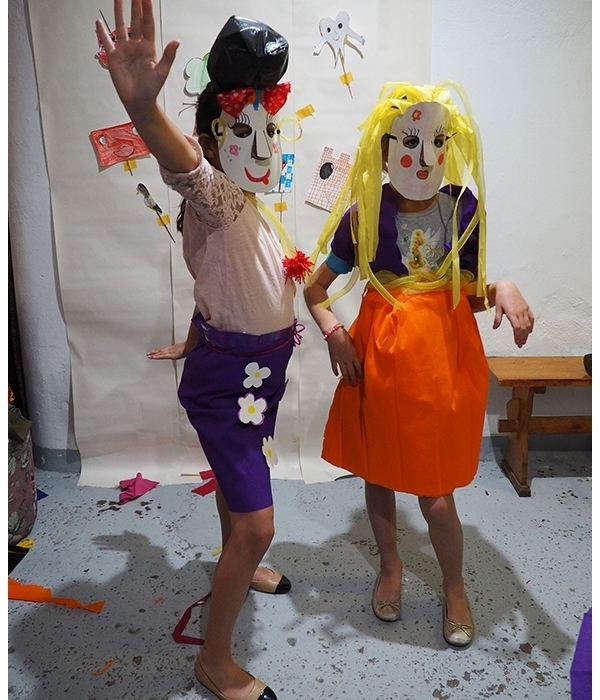
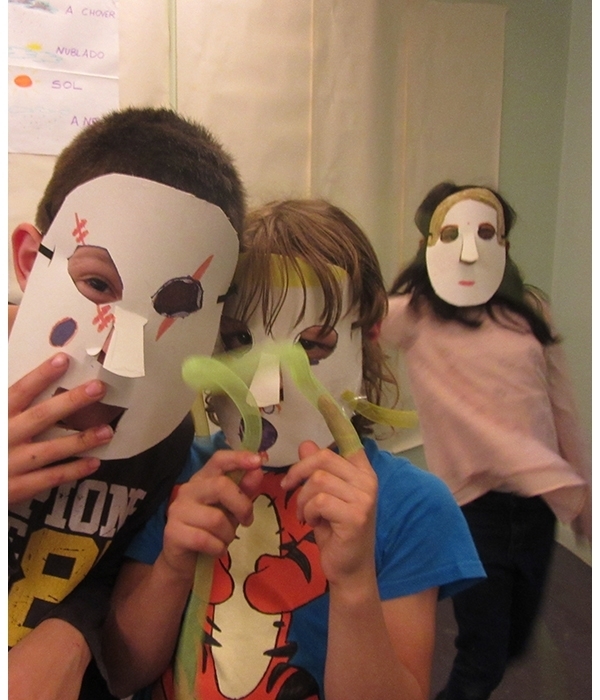
fairy tales
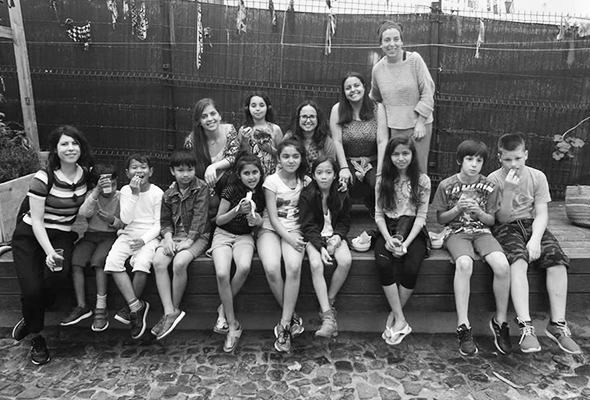
participants
Aeesh (8, Nepal), Rojan (8, Nepal), Afonso (7, Portugal), Martim (11, Portugal), Prince (7, Nepal), Tiago (10, Portugal), Samana (10, Nepal), Angel (7, Nepal), Dipensi (11, Nepal), Maycon (12, Portugal), Rafael (11, Portugal), Bruna (7, Portugal), Manswi (11, Nepal), Karina (7, Nepal), Alex (12, Portugal), Kaliany (10, Nepal). Volunteers: Isabel Serodio, Rita Correia, Ana Margarida Brito, Inês Passos, Alex Gama. Logistics: Almudena Ferro, Priscila Barbosa (Renovar a Mouraria). Promotor: Filipa Bolotinha (Vice-director Renovar a Mouraria).
support and collaboration
Renovar a Mouraria socio-cultural association (Lisbon) collaborated and promoted the participative artistic laboratory “My Home, let’s create a fairy tale”, coordinated by the Center of Art History and Artistic Research (CHAIA, U. Évora)

